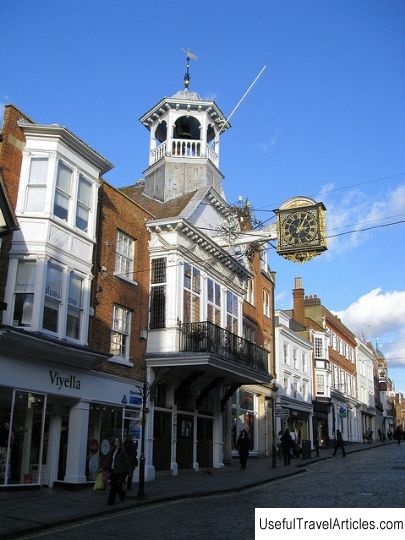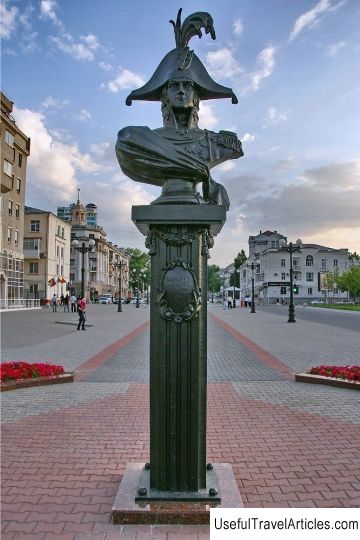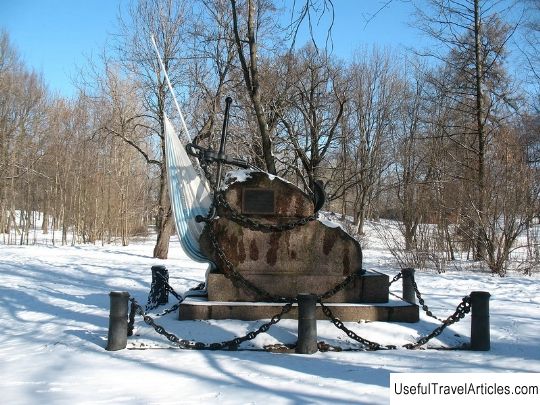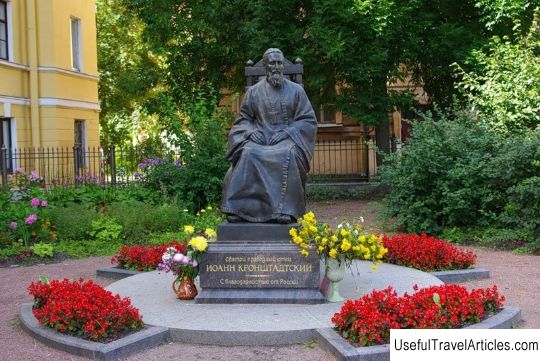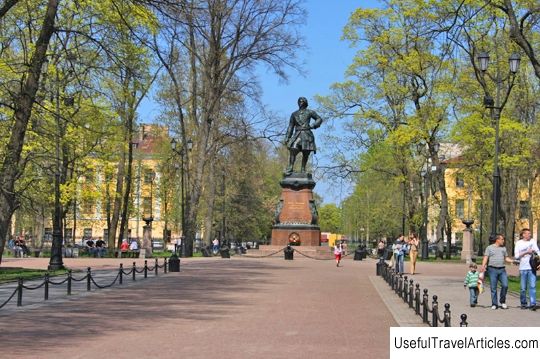Monument to A. A. Domashenko description and photo - Russia - St. Petersburg: Kronstadt
Rating: 8,3/10 (433 votes) 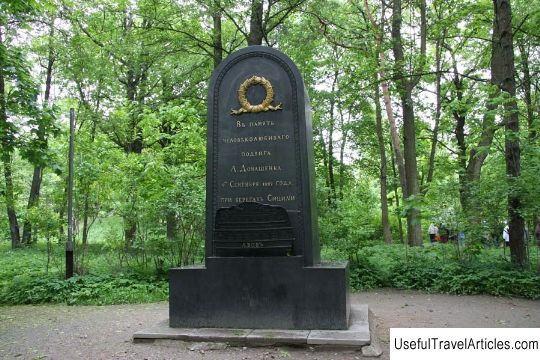
Monument to A.A. Domashenko description and photo - Russia - St. Petersburg: Kronstadt. Detailed information about the attraction. Description, photos and a map showing the nearest significant objects. Photo and descriptionMonument to A.A. Domashenko is the oldest surviving monument in Kronstadt. It is installed on a small hillock in one of the picturesque corners of the Summer Garden, on the right side of the Main Alley. The monument is a black cast-iron stele with a commemorative inscription and an image of the stern of the Azov ship. The top of the stele is decorated with a laurel wreath. This monument was erected in honor of the feat of the warrant officer of the battleship Azov, Alexander Alexandrovich Domashenko, who rushed from the stern of the ship to rescue a drowning sailor. The initiators of the creation of the monument were Admiral M. Lazarev. and Lieutenant PS Nakhimov This monument in Kronstadt was the first erected method of public construction. Moreover, it was installed exclusively with funds which were collected by the sailors of Azov - the first Russian ship, for military distinction in the Battle of Navarrino in 1827, awarded the St. George stern flag. In 1827, when the Greek uprising against the Turkish yoke had been going on for five years, the governments of Russia, England and France declared about their support for the just struggle of the Greek people. When the vessels of the United Fleet approached the Greek shores, the local population rejoiced and rejoiced at their arrival. Seeing the Russian sailors, their disinterested defenders and fellow believers, they did not hold back their tears. The commander of the Russian squadron was L.P. Heyden. His headquarters were located at the Azov. "Azov" was commanded by Captain 1st Rank MP Lazarev, a midshipman on the ship together with his friends: Midshipman V.I. Istomin, midshipman V.A. Kornilov, Lieutenant P.S. Nakhimov, served as A.A. Domashenko. Combat operations were conducted both at sea and on land. The dominance of the Turkish fleet in these waters had already been broken. His defeat was practically a foregone conclusion. Everyone was happy, wanting to see little Greece free as soon as possible. But Alexander Alexandrovich Domashenko, who had just celebrated his 19th birthday, did not live to see this day. September 9, 1827, when Russian ships, including the battleship "Azov", were near the island of Sicily, near Palermo, a storm began. The command was given: "Remove the sails!" In an instant, the sailors climbed onto the yards to remove the sails. But one of them could not resist and fell into the sea. Alexander Domashenko at that moment was in his cabin. He had just changed from his watch and, having drunk tea, decided to read a book. At that moment, the midshipman noticed that the figure of a falling man flashed outside the window. Without hesitation, he jumped out onto the deck, knocking out the frame, and rushed from a great height into the sea to save a man. The midshipman swam to the drowning sailor, caught him, but the water squall threw them far from the ship. The boat had already been lowered into the water, but, despite the efforts of the sailors on the lifeboat, the sailors could not be saved. The Azov team was amazed at the feat of warrant officer Domashenko, and within one year, a monument was created with the money collected by the battleship's crew. They worked on the monument in the workshops of the military port of Kronstadt. The monument in honor of the feat of the young sailor Alexander Domashenko was consecrated on the anniversary of the tragic event. The entire crew of the ship was present at the solemn consecration. Emperor Nikolai Pavlovich ordered to pay the mother of warrant officer Domashenko a lifelong pension in the amount of double the salary of the heroically deceased son. The squadron, which included the Azov, together with the Anglo-French squadron, a month after the tragic events off the coast of Sicily, participated in the Navarrinsky battle off the coast of Greece, for which Azov was awarded a stern St. George admiral's flag (now it is in the Naval Museum), and the ship's captain, M.P. Lazarev, was awarded four orders and received the rank of Rear Admiral. There are many monuments in Kronstadt, but this one is the most exciting for the soul. Many years have passed since then and already new generations of people come to the monument, and, despite the change in some concepts, ideas about life, The feat of midshipman Domashenko continues to arouse deep respect and admiration in everyone for the act of a young man who did not spare his life for the sake of saving a comrade. At the beginning of the 40s of the 19th century. The summer garden was expanded and the monument was moved to the east, where it is now.     We also recommend reading Alcazar Palace (Alcazar) description and photos - Spain: Seville Topic: Monument to A. A. Domashenko description and photo - Russia - St. Petersburg: Kronstadt. |
